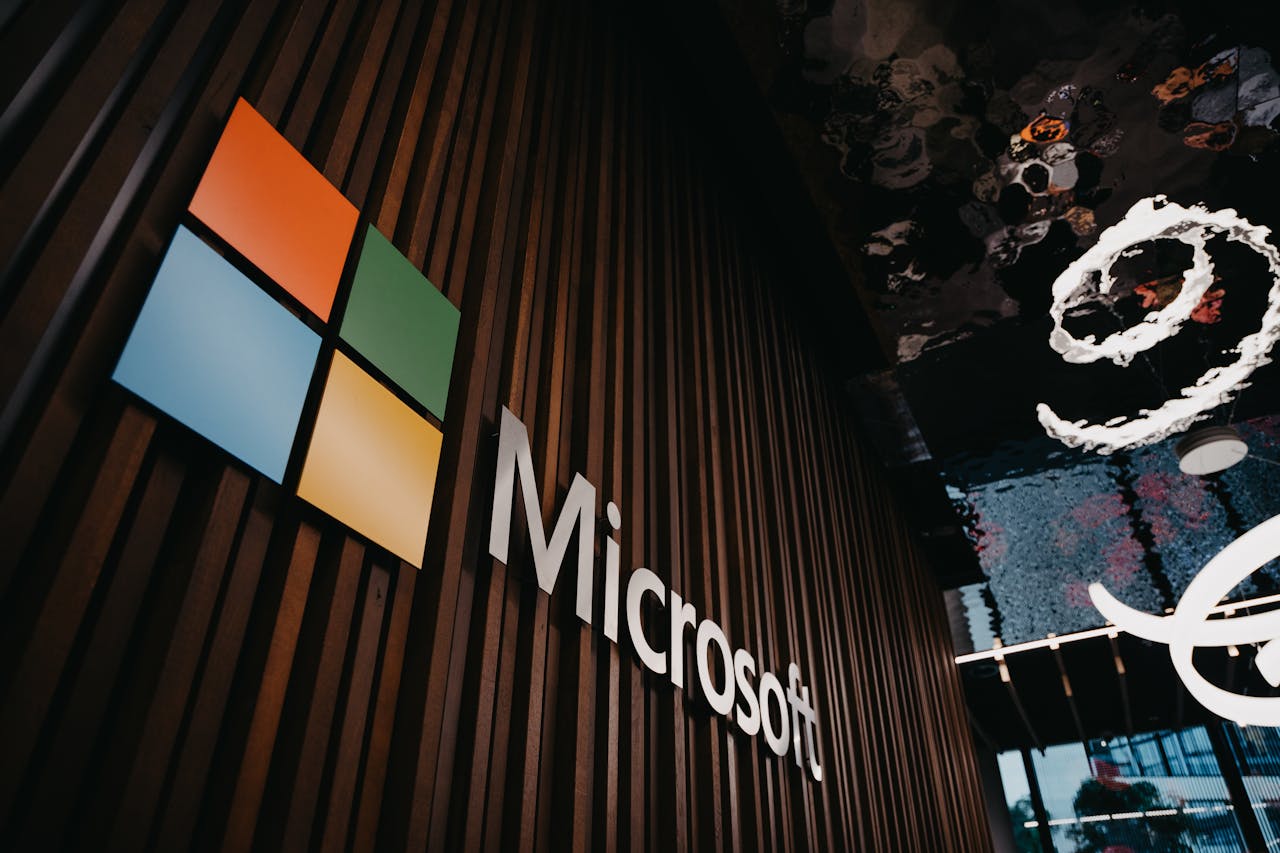How Microsoft Transformed from OS Giant to Cloud Computing Leader
It’s hard to believe that Microsoft—the company once synonymous with clunky Windows updates and PC software—now leads one of the world’s most competitive industries: cloud computing. But here we are in 2025, and Microsoft has successfully rewritten its corporate identity. It’s no longer just the Windows company. It’s a $3.2 trillion tech powerhouse, with Azure generating over $85 billion annually and a major presence in everything from AI infrastructure to enterprise security.
This transformation didn’t happen overnight. It was strategic, painful, and visionary—and most of all, it was about letting go of old formulas that no longer worked.
From Desktop Dominance to Irrelevance Fears
Back in the early 2000s, Microsoft was still thriving on the success of Windows XP and Office 2003. But the rise of mobile computing, cloud-first services like Google Docs, and the Apple App Store era made Microsoft look increasingly outdated.
By 2012, Windows Phone had failed, and Microsoft’s cloud ambitions were fragmented at best. The once-invincible empire began to look like a legacy player stuck in the desktop era.
And then came Satya Nadella.
Nadella’s Vision: Cloud First, AI Everywhere
When Nadella took over as CEO in 2014, his first message was clear: Microsoft was not a software company anymore. It was a cloud-first platform company.
He killed projects that didn’t scale (goodbye, Windows Phone), opened up previously closed ecosystems (Office on iOS? Unthinkable in 2007), and invested heavily in Azure, Microsoft’s growing cloud platform.
In a 2025 interview with The Economist, Nadella said,
“The biggest thing we did right wasn’t building the best cloud—it was rewiring our company culture around long-term customer value, not short-term software sales.”
The results speak for themselves.
| Year | Azure Revenue (USD) | Global Market Share |
|---|---|---|
| 2015 | $6.3 billion | 11% |
| 2020 | $34.6 billion | 20% |
| 2023 | $66.8 billion | 23% |
| 2025 | $85.4 billion | 24.2% (2nd to AWS) |
Azure may not yet be #1, but in 2025 it’s closing in fast on Amazon Web Services, especially in enterprise, government, and regulated industries.
Cloud Meets AI: The ChatGPT Moment and Beyond
Microsoft’s $10 billion investment in OpenAI in 2023 turned out to be one of the most defining tech deals of the decade. By embedding ChatGPT and Codex into Microsoft 365, Azure AI Studio, and GitHub Copilot, the company rapidly positioned itself as the default productivity-AI platform for millions.
In 2025, over 62% of Fortune 500 companies use Microsoft’s AI integrations to streamline internal workflows, from HR policy generation to enterprise code assistance.
Even Azure’s edge infrastructure now includes AI-specific silicon chips (Athena 2), optimized for large model inference at scale—something AWS is just now beginning to match.
Windows Isn’t Dead. It’s Just Quietly Evolving.
Let’s not forget about Windows. In 2025, Windows 12 runs on over 900 million devices, but it’s no longer the heart of Microsoft’s business. Instead, Windows has become the “delivery shell” for cloud services—tightly integrated with OneDrive, Edge, Defender for Endpoint, and now, Windows Copilot Pro, a fully AI-assisted desktop environment.
More importantly, Microsoft no longer measures success in “licenses sold.” Instead, it’s all about monthly recurring revenue (MRR) through cloud subscriptions and hybrid cloud services.
| Business Line | 2025 Revenue (USD) |
|---|---|
| Microsoft Azure | $85.4B |
| Microsoft 365 + Copilot | $69.2B |
| Dynamics & Enterprise | $33.8B |
| Windows OS & Devices | $28.7B |
| Gaming (Xbox + Cloud) | $19.3B |
Enterprise Is Microsoft’s Stronghold
While Google and Amazon chase consumers, Microsoft quietly dominates the enterprise stack. Government contracts, banking compliance, healthcare encryption, and multinational ERP deployments all flow through Microsoft’s integrated offerings.
The combination of Azure + Microsoft 365 + Dynamics 365 + Security has created an ecosystem that’s incredibly sticky. In fact, in a 2025 Gartner survey, 72% of CIOs said they would find it “significantly disruptive” to switch away from Microsoft entirely.
FAQs: Microsoft’s Cloud Transformation
Q: Is Azure now bigger than AWS?
A: Not yet. AWS still leads globally with about 30.1% market share, but Azure is close behind at 24.2% and growing faster in enterprise.
Q: What role did OpenAI play in Microsoft’s transformation?
A: Massive. Embedding OpenAI models into Azure, Office, and GitHub gave Microsoft an edge in enterprise AI integration, speeding up adoption.
Q: Is Windows still relevant in 2025?
A: Yes, but not as a product—it’s a platform wrapper for Microsoft’s cloud and AI services.
Q: How profitable is Microsoft’s cloud business?
A: Extremely. Cloud and AI account for nearly 58% of Microsoft’s total operating income in 2025.
Interested in Microsoft’s Competitors? Explore Further
- How Microsoft Azure Is Battling for Dominance in the Multicloud Market
- Google Duet vs Microsoft Copilot: The Workplace AI Showdown in 2025
- Inside the Strategic Alliance Between Microsoft and OpenAI in 2025
Tell Us What You Think
Is Microsoft now the most important enterprise company in the world? Or is it still chasing its cloud rivals? Drop your thoughts in the comments or share this article with your network—especially that friend still clinging to Windows XP.



